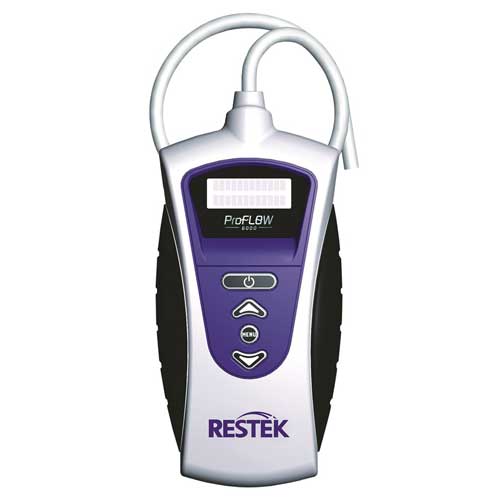Precise carrier and detector gas flow rates are essential in any process GC. For an analyte to appear at the correct retention time, these flows must be exact and consistent over time. If these flows aren’t what were specified by the specialists who developed the method, it will cause a host of problems:
- Analytes may not appear at their expected retention times or could disappear from your chromatogram altogether; analytes may even be misidentified.
- Sample components meant to be vented could begin to interfere with your measurements.
- Upsets in the chromatogram baseline may appear, preventing accurate analyte quantitation.
- Your detector may yield poor response, and in the case of a flame ionization detector (FID) it may not stay lit.
This is why accurately measuring your process GC’s flows is so important and often a wise first step when troubleshooting problems. If you discover that one particular flow is wildly incorrect, it can be a clue that you have a blockage in a valve port, a leak in the system, or simply an incorrect pressure setting.
There are a number of flowmeter types suitable to the task, such as digital flowmeters or simple bubble flow meters. Most suppliers of GC accessories carry flowmeters suitable for process GCs. Whichever model you choose, make sure it is designed to measure the range of flow rates used in your GC.
Important Safety Reminder: Some flowmeters can be a possible ignition source and must never be used in a potentially combustible environment without taking appropriate safety precautions to ensure the environment is not combustible. Be certain to read and follow all of the flowmeter manufacturer’s safety instructions before using one.
To learn more about measuring flows for gas chromatography, check out this helpful reference.

